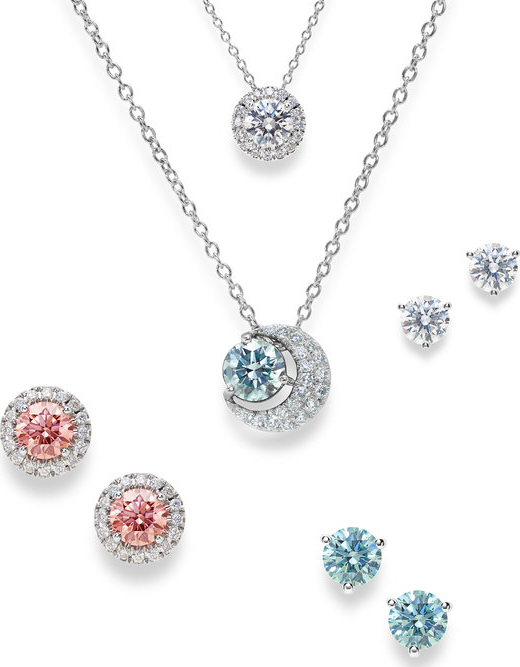Chemical Vapour Deposition Diamond
Chemical Vapour Deposition (CVD) is a process used to develop lab grown CVD diamonds. CVD Diamonds are gaining popularity in India due to its affordability. One and the only difference between lab grown diamonds and earth-mined diamonds is its origin. By leveraging cutting-edge technologies, lab-created diamonds are developed in labs possessing the same properties as mined diamonds. In a nutshell, Lab grown diamonds are an exact replica of natural diamonds. The result of the process is exactly the same as the ones found beneath the earth’s surface.
CVD diamonds are also referred to as synthetic diamonds. According to
chemical vapor deposition diamond manufacturers.
, these diamonds are real and there is no doubt in that, due to their creation in labs, these are also usually termed as man made CVD diamonds; a sustainable choice over the mined ones.
CVD Diamond Manufacturing Process
In the process of creating these man made diamonds, the extremely pure carbon-rich gases are stored and controlled in a chamber. These carbon-rich gases like Methane are heated to approximately 800 degree Celsius. These gases then break apart enabling the carbon atoms to separate within the gas. The carbon atoms then fall on to a diamond substrate starting to create layers, resulting in a diamond crystal. It takes six to ten weeks for CVD rough diamond manufacturer to process and further create Type IIa diamonds.

What makes CVD Diamonds Special?
Flawless
Since CVD diamonds are made in a lab under extremely controlled conditions, they are flawless. They do not have any imperfections.
Conflict Free
CVD diamonds are devoid of any ethical or ecological issues. These diamonds are guilt-free because they are a comparatively sustainable choice.
Quality
Lab-grown CVD diamonds have a rigorous quality check process in place and these diamonds are graded just like natural diamonds.
Affordability
One of the prime reasons why CVD diamonds are sought after is affordability. They are 25 to 30 percent cheaper than natural diamonds.
Classifying CVD Diamonds By Types!
Scientists have started recognizing the different types of diamonds since 1930. They have grouped diamonds into two categories which are Type I and Type II based on the transparency ratio under ultraviolet radiation. The CVD diamond has been classified into two types; Type I and II diamonds.
Type I Diamonds
These type of diamonds are defined by the intake of blue light and nitrogen during the formation phase. These type of diamonds include orange, yellow, and brown color diamonds.
Type II Diamonds
These type of diamonds are determined by the lack of nitrogen throughout the process of diamond creation. When it comes to comparison, these type of diamonds are rarest, and the most valuable than Type I. These include pink, green, red, and blue color diamonds.
| Type (Color) | Natural | CVD | HPHT |
|---|---|---|---|
| Ia (colorless) | Common | --- | --- |
| Ib (yellow) | Rare | Rare | Available |
| IIa (colorless) | Rare | Available | Available |
| IIb (blue) | Rare | Rare | Rare |
